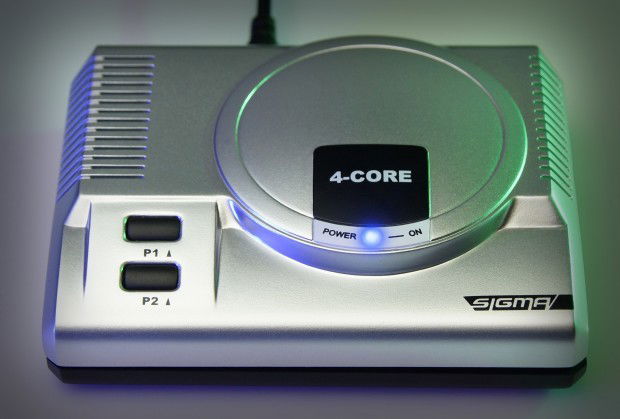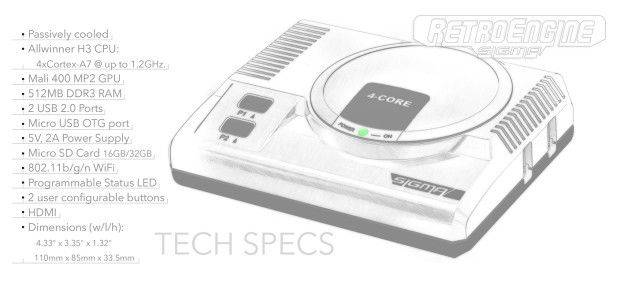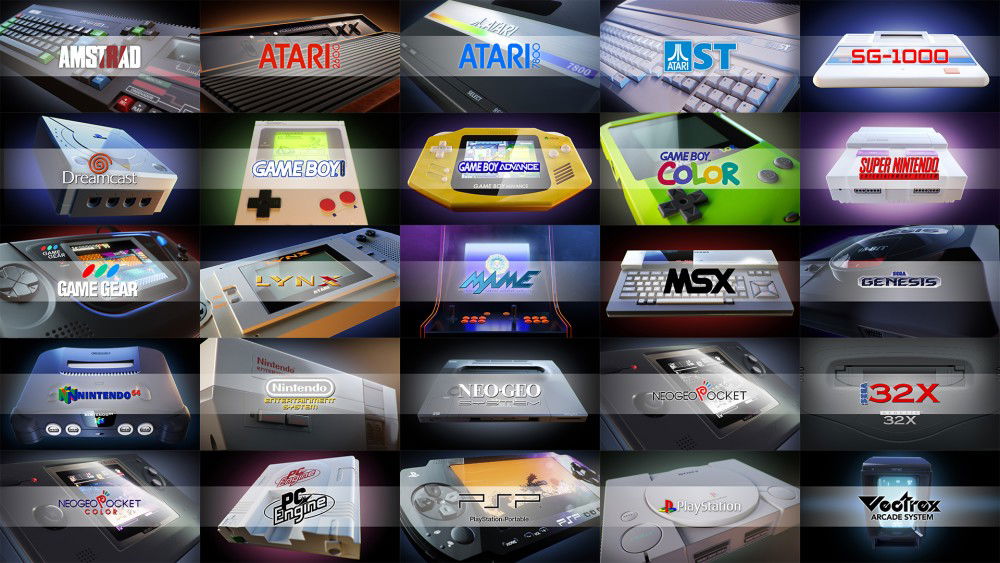Despite the masses constantly having access to the latest and greatest in gaming, there’s always the need for some old school gaming. Retro gaming, as it’s called has been a thing for as long as I can remember. In fact, emulator usage has been on the rise and with the release of the elusive Nintendo Entertainment Classic mini, it’s easy to see why everyone loves it. I’m also guilty as I’ve played my share of NES, Genesis and even Super Nintendo games via a handful of emulators over the years.
That said, when I was told about a new project on Indiegogo, called the Retro Engine, I had to check it out. At first glimpse, it looks like a repurposed Sega Genesis, just a quite bit smaller. When I say smaller, I mean that it can fit in the palm of most people. The device was created by a company that goes by the name of Doyodo.
This gem will be able to connect to displays via an HDMI cable, will support just about any USB controller *yes even fight sticks*, and even Bluetooth accessories. Surprisingly it can support resolutions up to 4K and can even double as a portable computer. Though given the specs, I’m not sure how great the 4K playback will be. I’ll definitely try it out once the one I ordered gets here.
The beauty here is the sheer number of systems that the RetroEngine can emulate.
Power-wise, it will be similar to what can be found on the current Raspberry Pi 3 units, with the onboard 4× ARM Cortex-A7 (similar to the 4× ARM Cortex-A53). After doing a bit of research, it seems that the system uses an Orange Pi Lite, which can be seen here.
A quick observation shows that it doesn’t support the Sega Saturn or Dreamcast. Though it was asked why and the creator stated that they don’t have the technology to do that. That at least answered one of my questions on if this was using the RetroPie emulator software. However, seeing that you can emulate the Dreamcast and Saturn with RetroPie, this tells us that it isn’t just a Raspberry Pi 3 with RetroPie slapped on it.
And no, it does not come with any ROMS. You’ll have to provide those on your own.
As of right now, the project has surpassed the original asking goal of $20,000 and is sitting at just under $500,000. That’s from 5732 backers! If this doesn’t tell you how popular retro gaming is or how much of a demand there is, then nothing will.

Sadly, the RetroEngine won’t be shipping until Q2 2017, meaning we’re going to have to wait a bit. Still, that didn’t stop me from dropPing down enough for two units. One for myself and another for perhaps a giveaway come around the time of the release of the RetroEngine. More on that to come later, but if you like retro gaming, it’s not too late to get in on this now as there are still twelve days left in the campaign.
More on that to come later, but if you like retro gaming, it’s not too late to get in on this now as there are still twelve days left in the campaign.They still have quite a bit of perks left as well, from the lowest of $69+shipPing that gives you the system and several other items, all the way up to the Arcade Lounge Set that includes 10 units for $690 + shipping.
Head over to their Indiegogo campaign here if you want to get one of your own.
Adding my two cents here as I know someone is going to ask, but why would you get this over a Raspberry Pi 3 system? Well for starters, the price. For everything you get here; memory card, the unit, the casing and a controller, you’re paying $69 + shipPing. Building your own unit will set to back the price of the Pi 3 motherboard for can run you $30-$40 USD, not to mention the memory card and controller. If you want a slick 3D printed case, you’re going to be paying upwards of $20+ dollars for a decent quality one.
I feel for the price this is a decent item, especially for price point. This is easily better than the NES Classic Mini and definitely for a fellow retro gamer who doesn’t have the time or know-how to make their own retro gaming console.
Expect a full review once we receive our unit.



